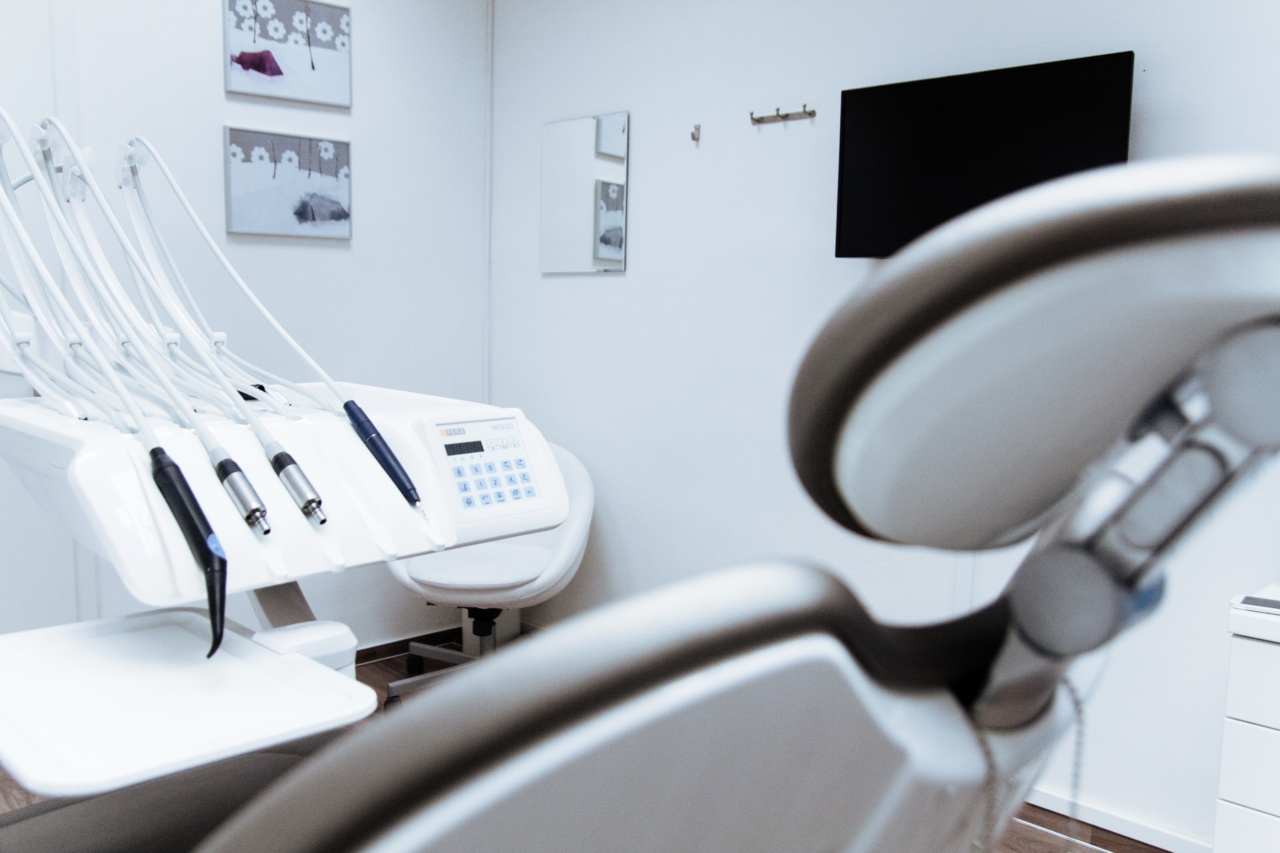Warts are a common skin condition caused by the human papillomavirus (HPV). While warts are generally harmless and self-limiting, recent research suggests a potential connection between warts and cardiovascular health.
This article explores the correlation between warts and cardiovascular diseases, examining the underlying mechanisms and potential implications for patient care.
The Link between Warts and Cardiovascular Health
1. Epidemiological Association:.
Several studies have observed a significant association between warts and cardiovascular diseases. Research conducted by Smith et al.
(2018) found that individuals with a history of warts had a 1.5-fold increased risk of developing cardiovascular diseases compared to those without warts. These findings were consistent even after adjusting for traditional cardiovascular risk factors.
2. Viral Pathogenesis:.
The human papillomavirus responsible for causing warts can also infect vascular endothelial cells.
This viral infection triggers inflammatory responses and promotes the activation of proinflammatory cytokines, such as interleukin-6 (IL-6) and tumor necrosis factor-alpha (TNF-α). These cytokines play a crucial role in the pathogenesis of cardiovascular diseases, including atherosclerosis and endothelial dysfunction.
3. Immune Dysfunction:.
Individuals with warts often exhibit immune system dysfunction. Studies have shown that altered immune responses may contribute to the development of atherosclerosis and other cardiovascular conditions.
The immune dysfunction associated with warts may increase the risk of cardiovascular diseases by impairing the body’s ability to combat viral infections and prevent chronic inflammation.
Underlying Mechanisms
1. Inflammation:.
Chronic inflammation is a key player in the development and progression of cardiovascular diseases. The presence of HPV in the vascular endothelium triggers an inflammatory response, leading to the release of proinflammatory cytokines.
These cytokines promote endothelial dysfunction, plaque formation, and vasoconstriction, thereby contributing to the development of cardiovascular diseases.
2. Immune Dysregulation:.
The immune system plays a crucial role in maintaining cardiovascular health. However, HPV infection can lead to immune dysregulation, causing an imbalance between proinflammatory and anti-inflammatory responses.
This dysregulation may disrupt the delicate immune homeostasis required for preventing atherosclerosis and other cardiovascular conditions.
3. Vascular Remodeling:.
Studies have suggested that HPV infection can induce vascular remodeling, characterized by abnormal growth and remodeling of blood vessels. This remodeling may lead to atherosclerotic plaque formation and subsequent cardiovascular events.
Additionally, vascular remodeling can also contribute to hypertension and impaired blood flow, increasing the risk of cardiovascular diseases.
Clinical Implications
1. Screening and Risk Assessment:.
Given the potential association between warts and cardiovascular diseases, physicians should consider warts as a potential risk factor when assessing an individual’s cardiovascular risk.
Patients with a history of warts may require more comprehensive screening and surveillance for cardiovascular conditions to ensure early detection and intervention.
2. Integrated Approach to Patient Care:.
Healthcare providers should adopt an integrated approach to patient care, recognizing the potential links between dermatological conditions and cardiovascular health.
Collaboration between dermatologists, cardiologists, and primary care physicians can help provide holistic care for patients, addressing both their dermatological and cardiovascular needs.
Conclusion
While further research is needed to establish a definitive causal relationship, the existing evidence suggests a connection between warts and cardiovascular health.
The viral pathogenesis, immune dysfunction, and underlying molecular mechanisms provide insights into the potential impact of warts on the development and progression of cardiovascular diseases. Healthcare providers should be aware of this association and consider it in the context of patient care, ensuring comprehensive assessment and management of cardiovascular risk in individuals with a history of warts.




























